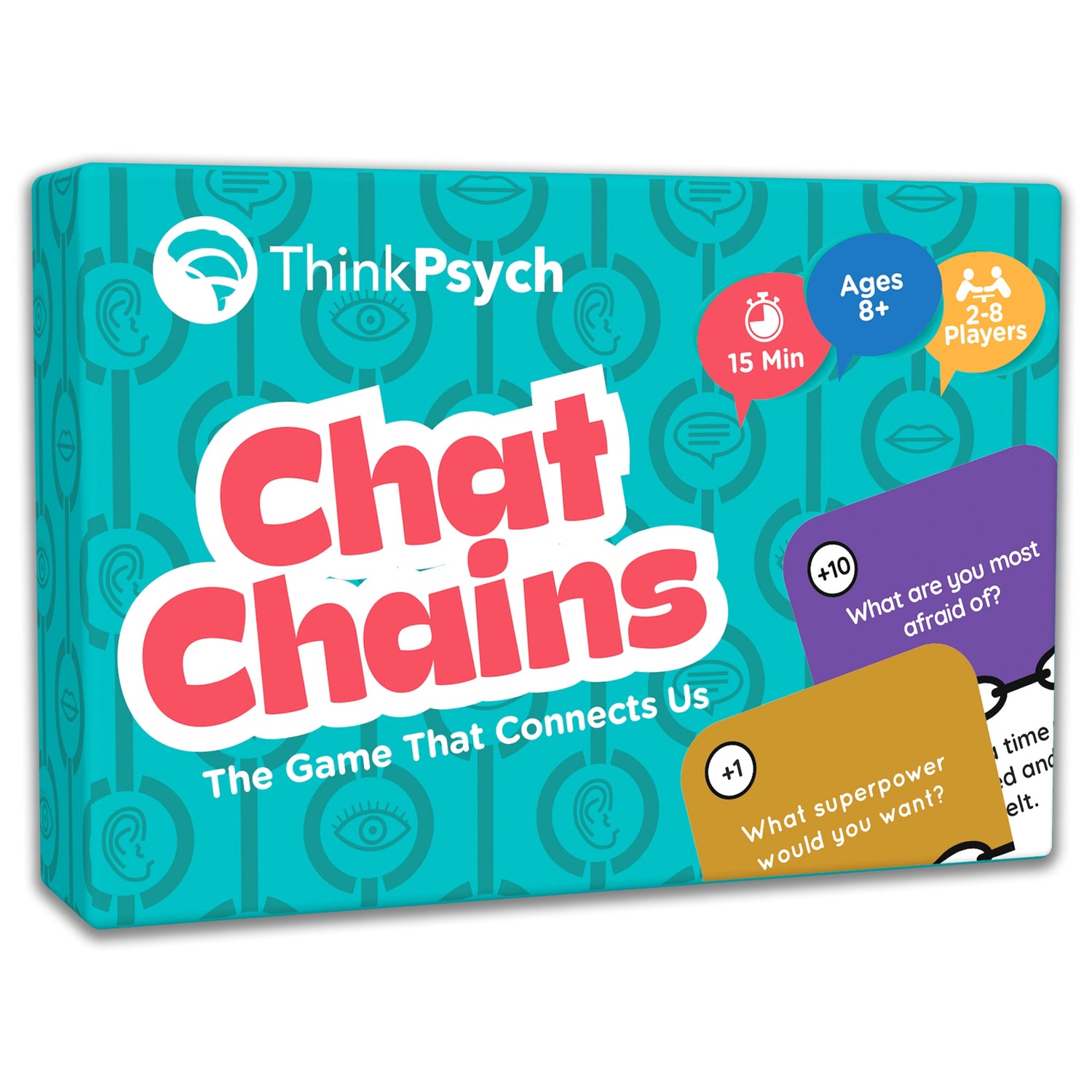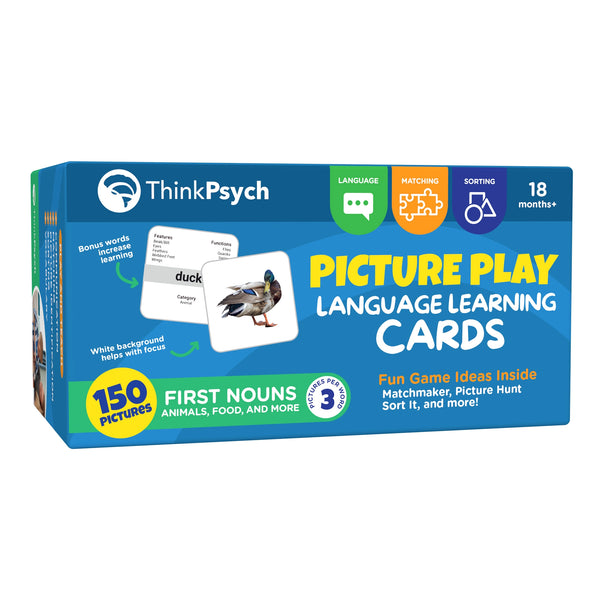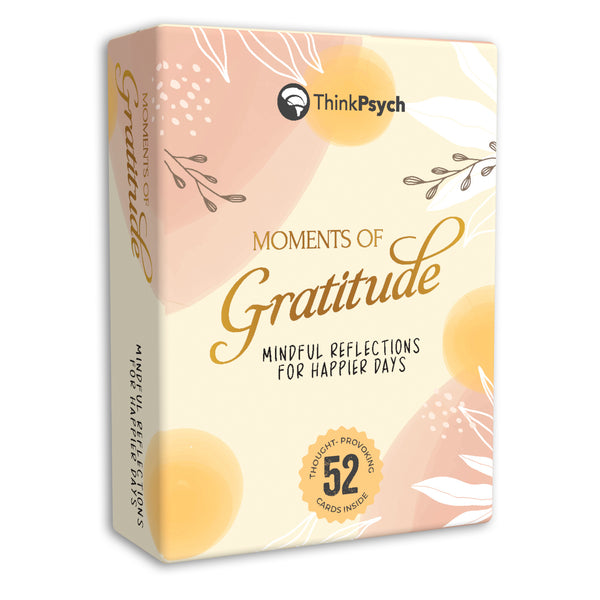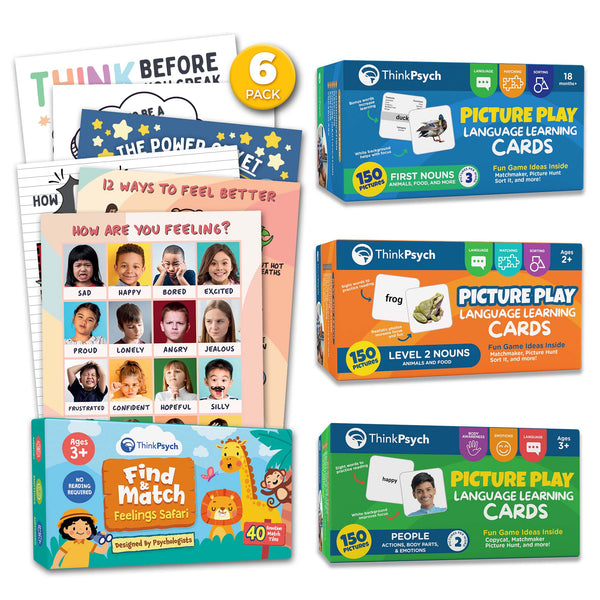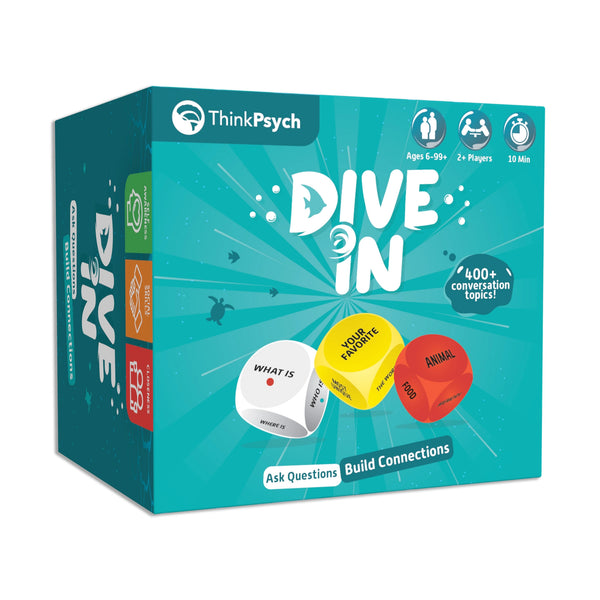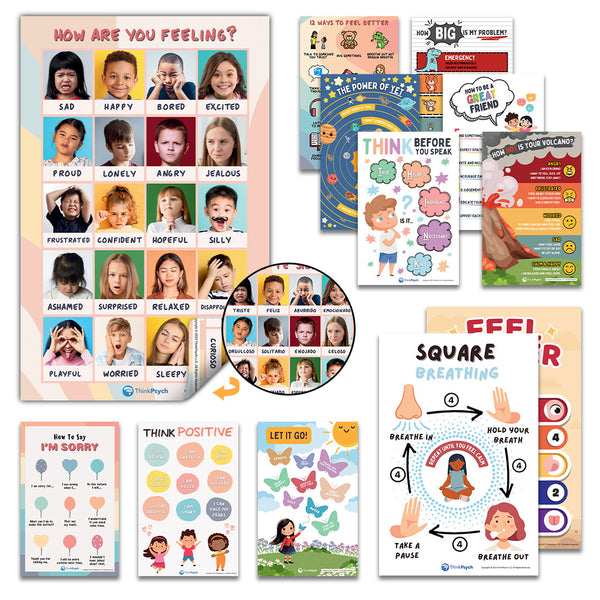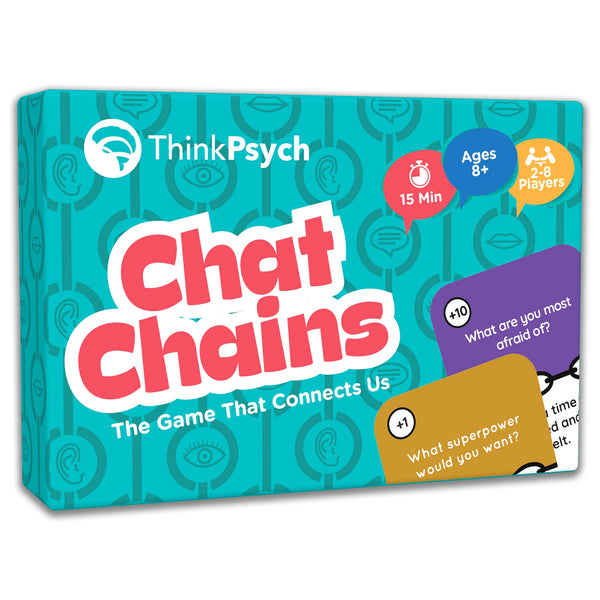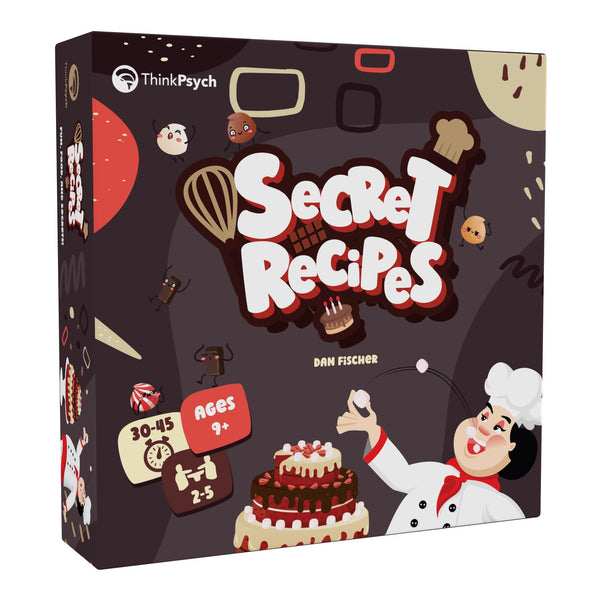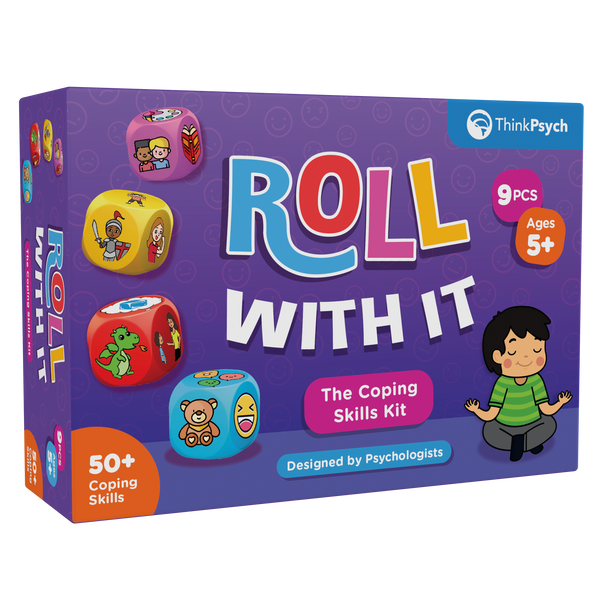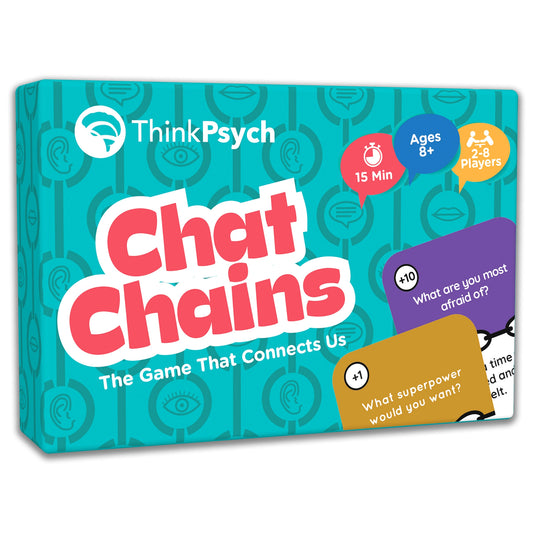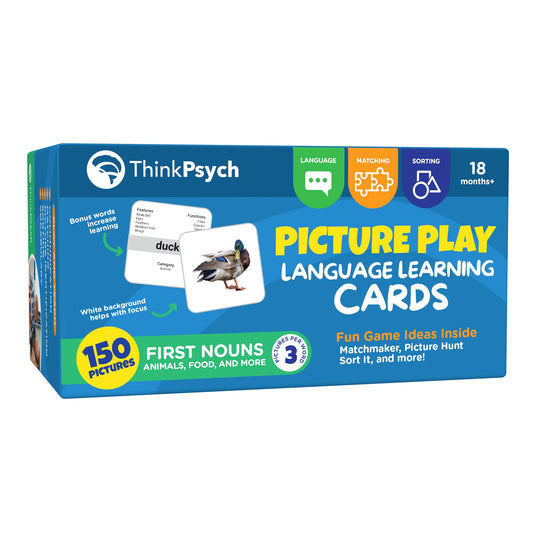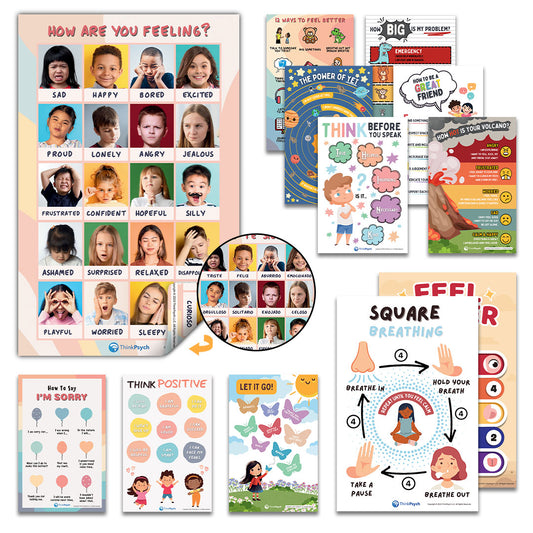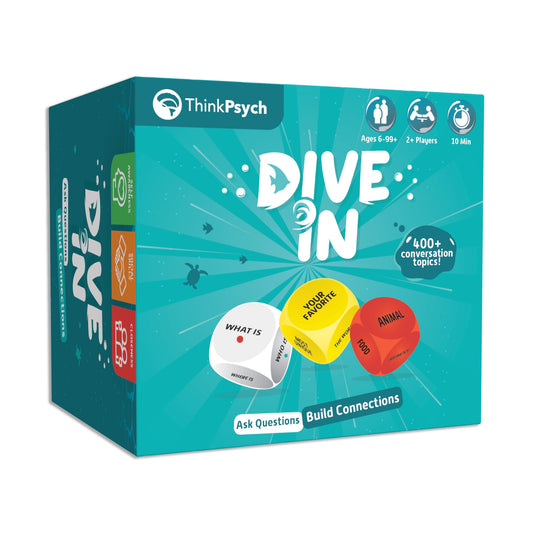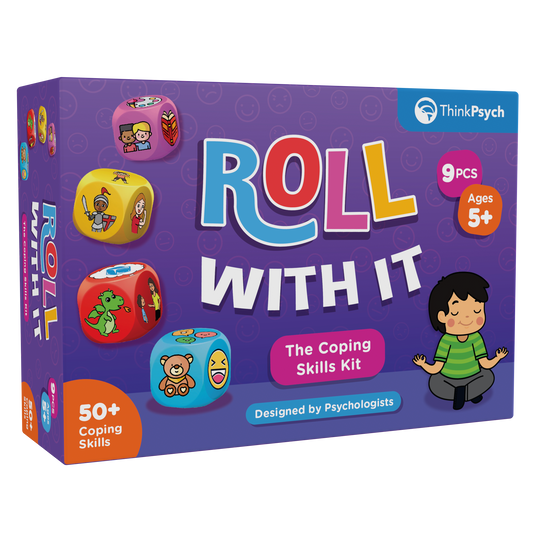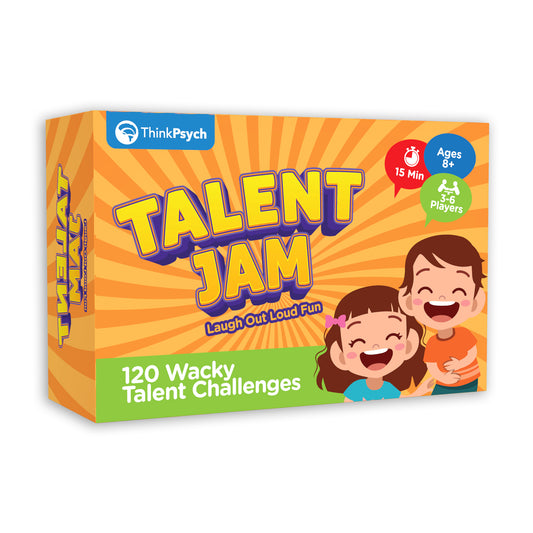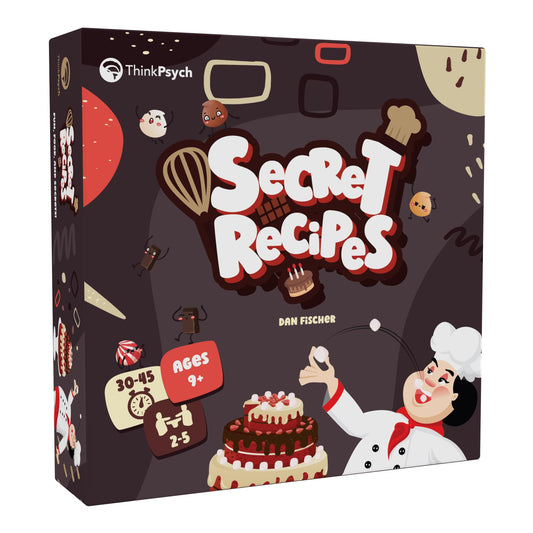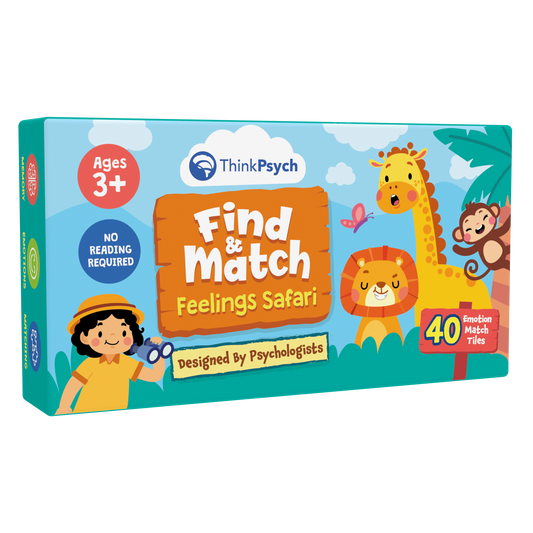
VB-MAPP –Transition Assessment (Part 7 of 8)
Share
Part 7 of our 8-part series on administering the Verbal Behavior Milestones Assessment and Placement Program (VB-MAPP) will highlight the VB-MAPP Transition Assessment. If you haven’t yet read the previous sections of this guide, you should start with Part 1: Intro to VB-MAPP.
Overview of the VB-MAPP Transition Assessment
The VB-MAPP Transition Assessment evaluates learners on the skills they need to transition into less restrictive environments. The assessment includes 18 areas of focus to ensure a comprehensive view of a child’s readiness for academic transitions. The results of this assessment help behavior analysts, teachers, therapists, and other members of a child’s therapy and Individualized Education Program (IEP) team make informed decisions about their academic future.
BCBAs and educators use the VB-MAPP Transition Assessment results to:
- Assess readiness for less restrictive environments, such as a 1:1 ABA therapy program to a special education or mainstream classroom
- Evaluate lagging skills that are needed to be successful at school
- Guide intervention and program planning
- Monitor progress in transition skills over time.
18 Transition Areas
The 18 areas of focus in the VB-MAPP Transition Assessment include:
- VB-MAPP Milestones overall score
- VB-MAPP Barriers overall score
- Negative behaviors and instructional control
- Classroom routines and group skills
- Social skills and social play
- Independent academic work
- Generalization
- Range of reinforcers
- Rate of skill acquisition
- Retention of new skills
- Natural environment learning
- Transfer without training
- Adaptability to change
- Spontaneous behaviors
- Self-directed leisure time
- General self-help
- Toileting skills
- Eating skills
How to Get Started with the Transition Assessment
Before completing the Transitions Assessment with your learner, you must complete the VB-MAPP Milestones and Barriers Assessments. Several of the items on the Transition Assessment include overall scores taken from the Milestones and Barriers Assessments.
Materials Needed for the Transition Assessment
You won’t need additional materials to assess a learner’s transitional skills. The items on the Transition Assessment can be evaluated and scored based on observations and data compiled from the other parts of the VB-MAPP. You can use ThinkPsych’s language learning cards to evaluate several of the skills on the Milestones.
Completing the Assessment
After completing the other sections of the VB-MAPP, you’re ready to conduct the Transition Assessment. Review each transition area and the scoring criteria. Assess each of the 18 items on a score of 1 to 5. A score of 5 indicates the learner is consistently demonstrating the skill. A higher total assessment score indicates a higher likelihood that the learner is ready to transition to academic settings with fewer supports.
Scoring the Transitions
After assessing each item, you will complete the Transition Scoring Form. Locate the key in the upper right-hand corner. On the first test row, record the date, a color, and your initials. Color the boxes for each item in the corresponding column. For example, if the learner scored a 3 in generalization, you’ll color in 3 boxes under the first test for generalization. Then, add the total across all 18 items and record this number in the top right key.
Re-assessing Transition Skills
Clinicians typically reassess skills every six months. When completing a reassessment, you’ll follow the same procedure as previously outlined. The only difference is that you will use a different color to provide a visual representation of the progress. In the key in the upper right-hand corner, record your initials, the date, and a different color on “2nd test.” Then, complete the assessment, coloring the number of boxes for each skill under the 2nd test columns.
The goal is to see this score systematically increase as the learner acquires new skills that empower them for success in less restrictive settings.
Shop ThinkPsych Products
Transition Scoring Examples
Consider the following examples of scoring the Transition Assessment using a fictional client: Julia, a 5-year-old girl who receives 25 hours of 1:1 in-home therapy. Julia’s parents decided to send her to school in the fall, so her BCBA completed the Transition Assessment to identify the most important skills necessary to focus on before she starts school.
Transition #1: VB-MAPP Milestones Assessment Score
Julia scored 44/170 points on the Milestones Assessment. The criteria for this transition item show that a Milestones score of 26 to 50 would be scored as 2 points, so you color in two boxes on the scoring form.
Transition #13: Adaptability to Change
Julia does well adapting to changes in her routine. She generally handles shifts in her schedule without engaging in challenging behaviors. However, she does show some minor signs of distress, such as pacing back and forth repeatedly. You would score 4 points on this transition item.
Transition #17: Toileting Skills
Julia has recently started toilet training. She consistently urinates in the toilet with visual prompts but uses a pull-up for bowel movements. She also wears pull-ups at bedtime and naps. You would score 3 points on this transition item.
Next Steps
The Transition Assessment is the final component of the VB-MAPP. The next step is to analyze the results and use them to drive data-informed decisions.
References
Sundberg, M. L. (2014). The verbal behavior milestones assessment and placement program: The VB-MAPP (2nd ed.). Concord, CA: AVB Press.
